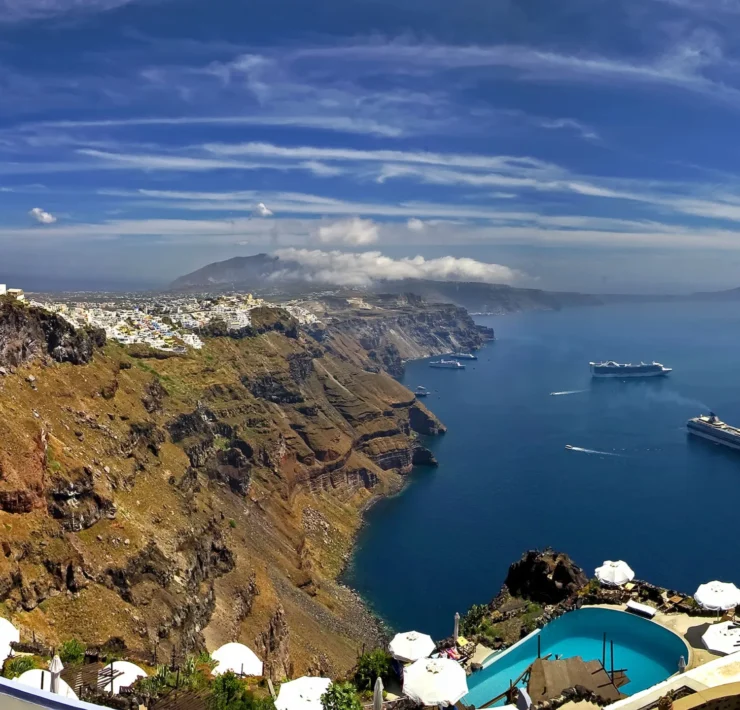Kalavryta – A Magical blend of nature, adventure, and tradition
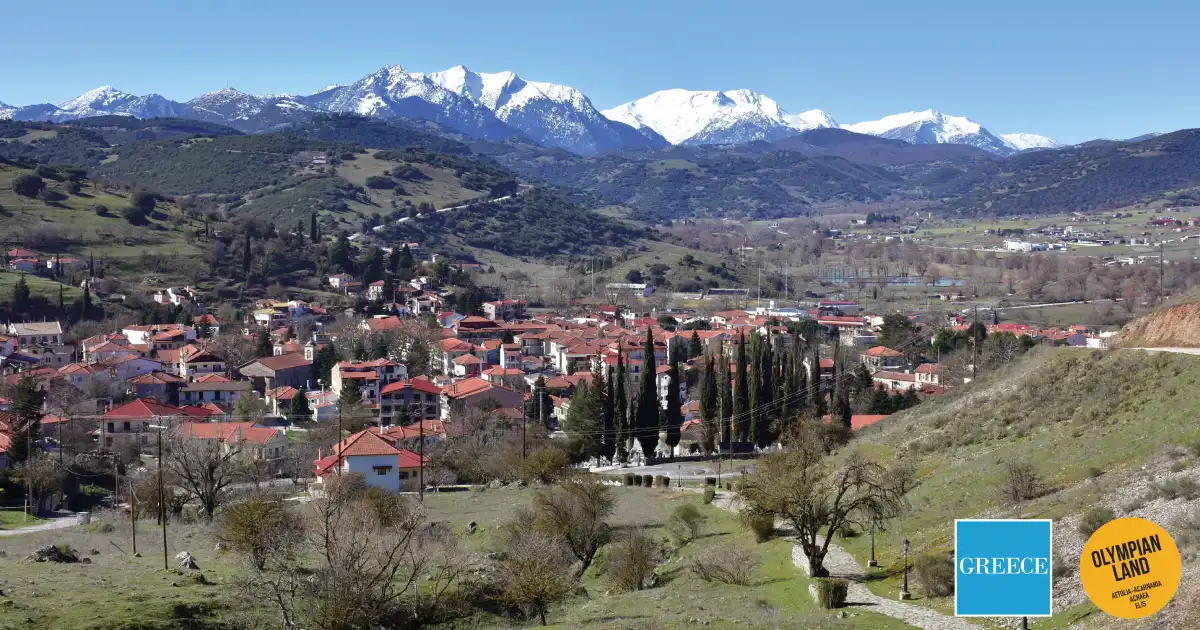
Kalavryta is a sacred destination for ski enthusiasts, but also a place that combines rich history, culture, and natural beauty, offering unforgettable travel experiences in every season. Whether you wish to stroll through the picturesque villages of the region, travel with the Odontotos train, visit the Great Cave and Agia Lavra, hike the beautiful trails, or test your skills on the slopes of the renovated ski center, Kalavryta is the perfect choice for a winter escape.
Arrival in Kalavryta
The journey is enchanting, with the natural landscape changing forms as you approach. The mountain town of historic Kalavryta, with its stone-built houses, is located at an altitude of 750 meters on the slopes of the imposing Helmos Mountain. The main pedestrian street, which hosts most of the shops and taverns, is the ideal spot for a stroll. The central square, with its centuries-old plane trees, the bell tower of the metropolitan church, and the busts of the heroes of 1821, offers a peaceful place for rest. Kalavryta is a combination of natural beauty, historical significance, athletic activities, and a gastronomic paradise, ideal for every traveler.
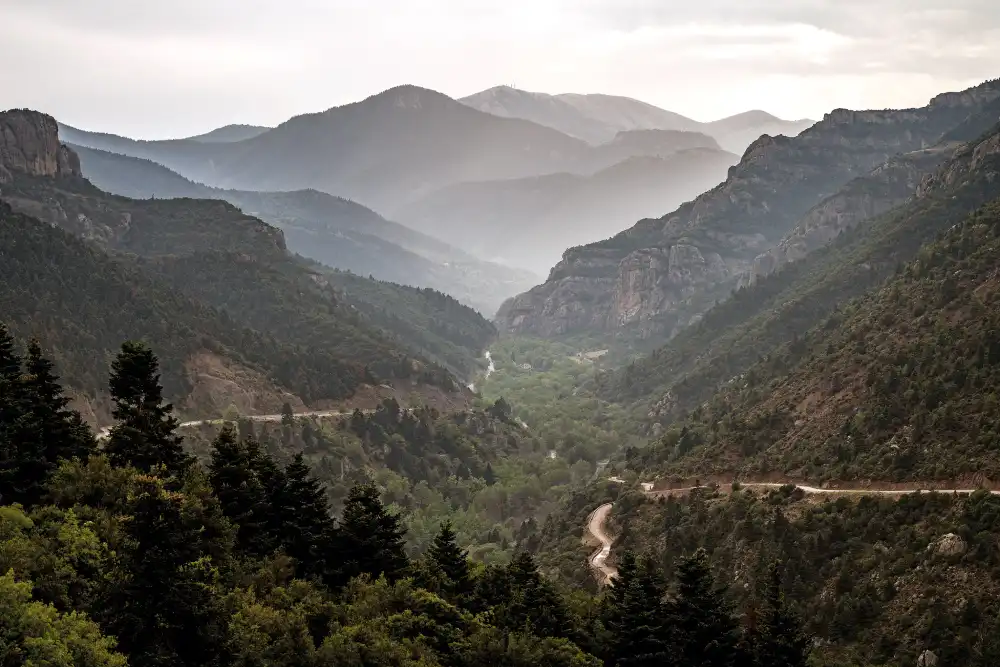
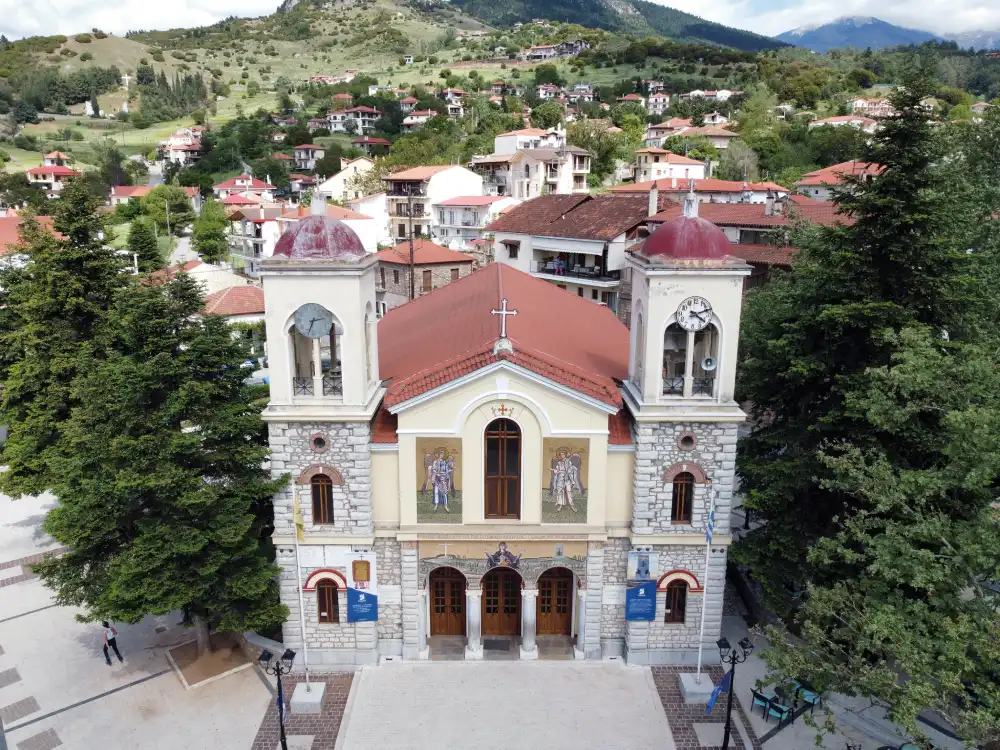
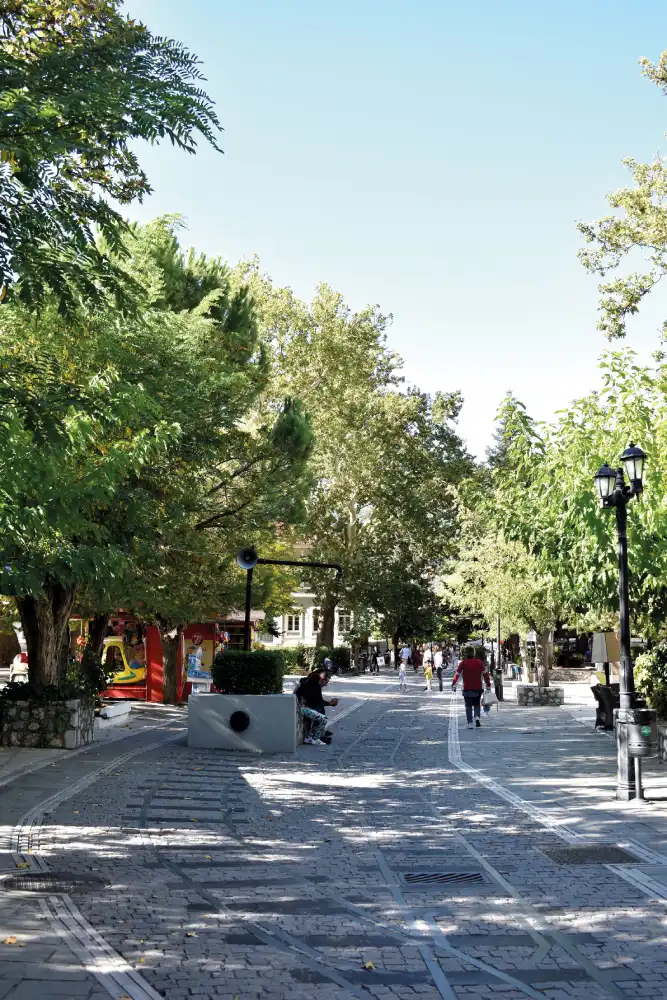
The Odontotos Railway and the Magic of the Vouraikos Gorge
We are ready to board the famous Odontotos at the Kalavryta Railway Station, with our destination being Diakopto. The train travels at a slow speed through the Vouraikos Gorge, passing through the beautiful village of Kato Zachlorou before reaching Diakopto. The journey lasts about an hour and offers unique views of the rich vegetation that surrounds it. The experience will be unforgettable! (For information about the Odontotos and the route, visit odontotos.com). At the Mega Spilaio station in Kato Zachlorou, there is a lovely little tavern where you can enjoy delicious grilled and cooked dishes.
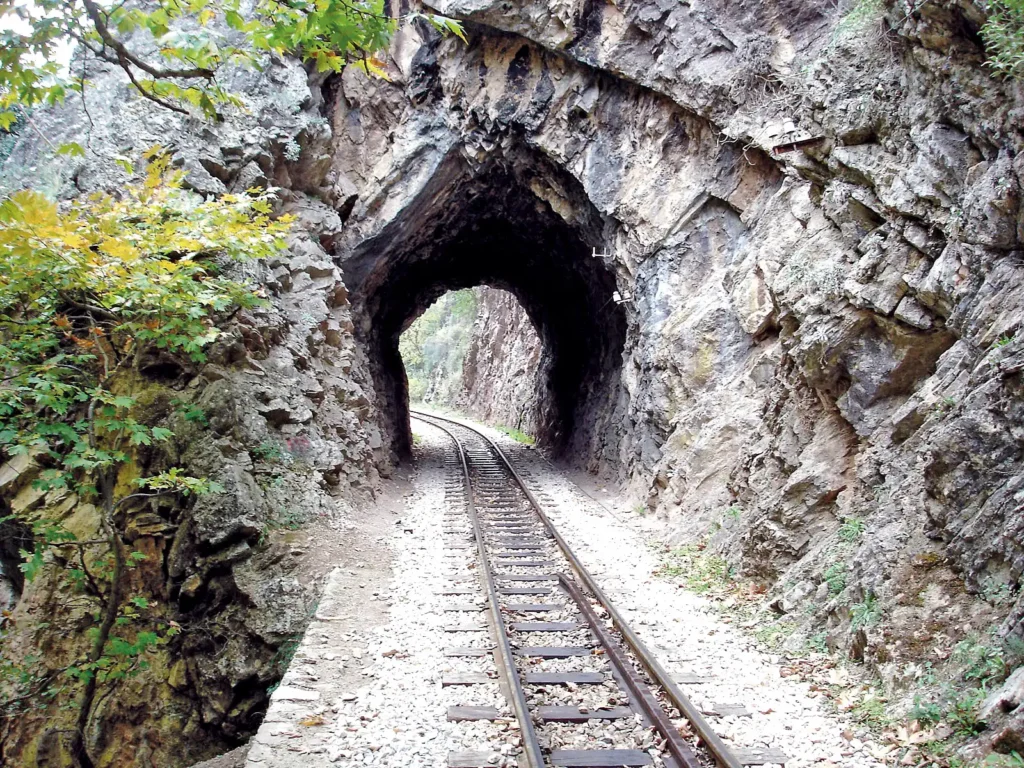
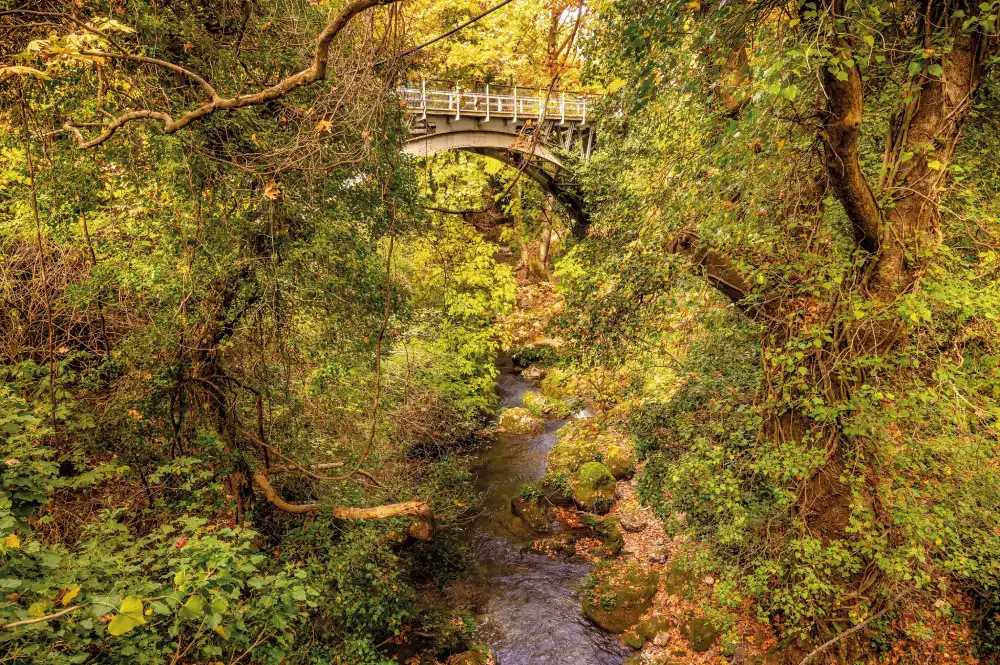
In the Footsteps of History
A visit to Kalavryta is not complete without visiting the monument of the fallen. On December 13, 1943, the German occupation forces executed the male population and destroyed the town, leaving deep marks on the region’s history. The monument, with the large white cross and the names of the 500 executed, serves as a reminder of that tragic day. The Metropolitan Holy Church of the Dormition of the Virgin Mary, in the central square, has two clocks. One shows the current time, while the other is stopped at 14:34 – the time of the execution.
The Municipal Museum of the Kalavryta Holocaust
A visit to the museum is essential to understand the historical significance of the area. The museum is housed in the building of the old primary school and narrates the story of the Kalavryta massacre through exhibits and photographic material. (More information at www.dmko.gr).
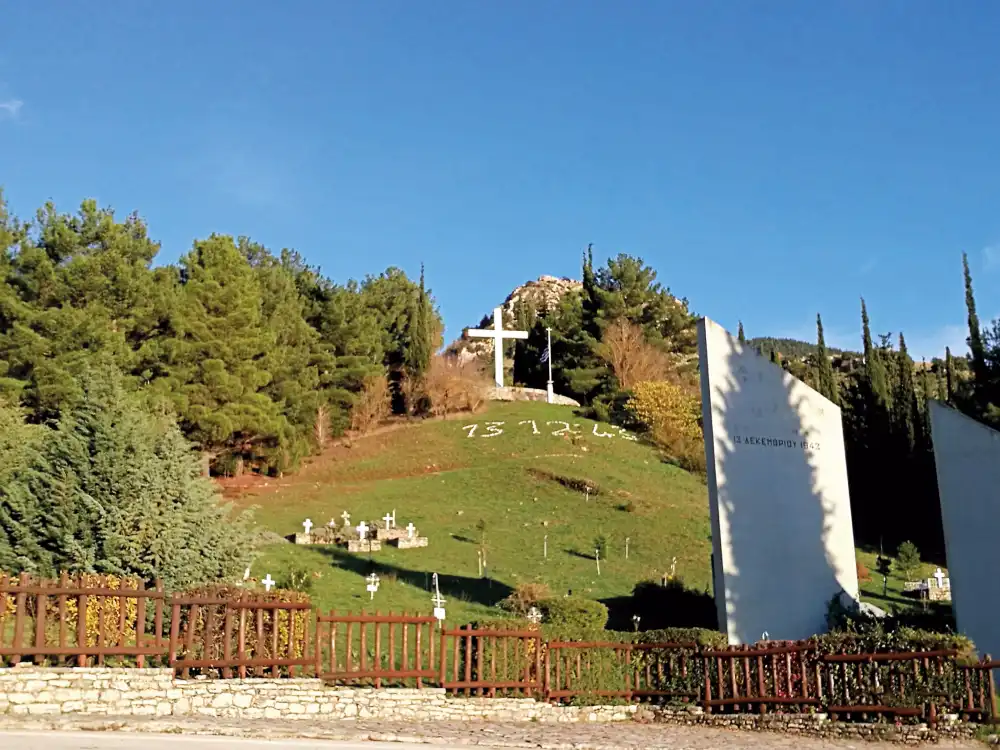
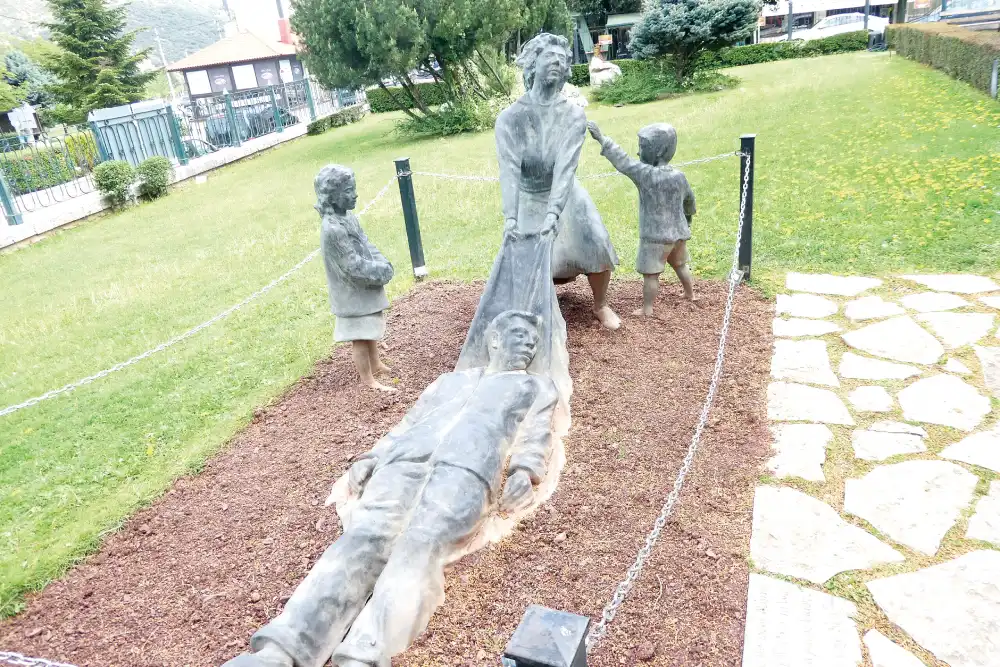
Hiking in Nature
For nature enthusiasts, both gentle and challenging trails, easy hikes, and demanding mountain paths will reward you! A popular route is from Kato Zachlorou to Kalavryta, while the plane tree forest of Planitero offers a lush environment with running waters. Along the Erymanthos River, you’ll find organized facilities breeding trout and salmon. Additionally, Lake Tsivlou is an ideal spot for those seeking tranquility in nature.
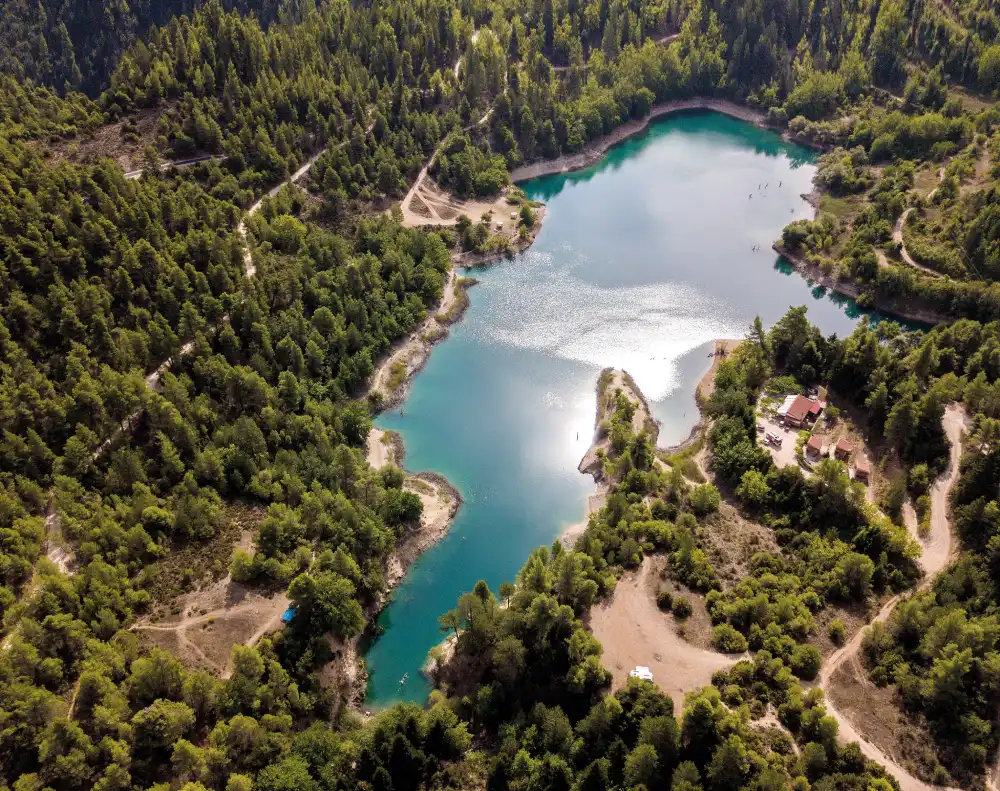
Excursion to the village of Zarouchla
Zarouchla is located on the slopes of Mount Helmos at an altitude of over one thousand meters and is certainly one of the most beautiful villages in Achaia. Surrounded by fir, chestnut, and pine trees, it is also close to Lake Tsivlou and the Kalavryta Ski Center. Guesthouses, taverns, and cafes will not leave you gastronomically indifferent.
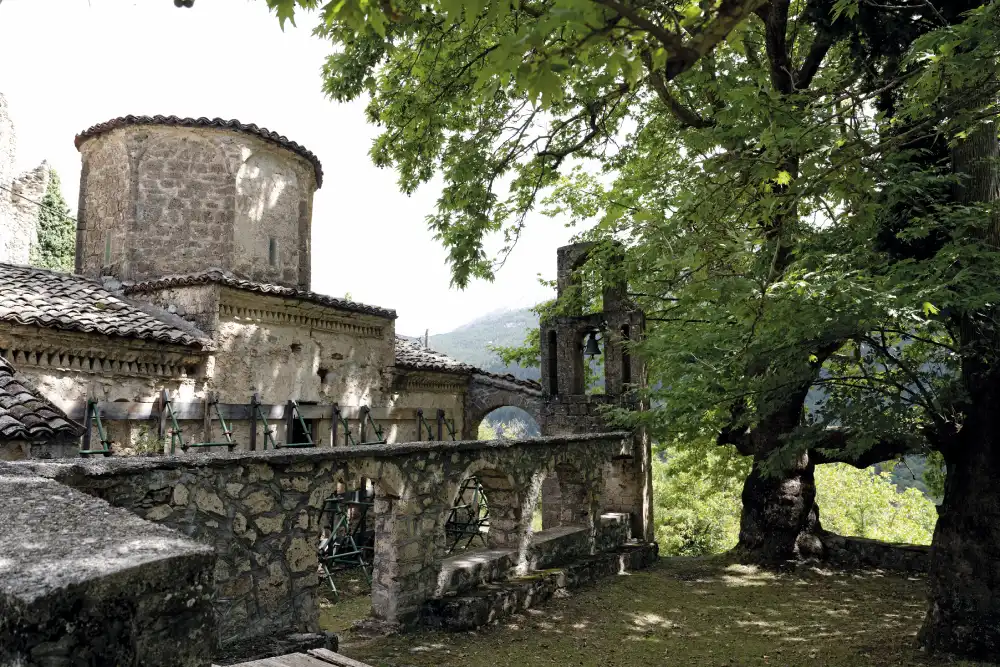
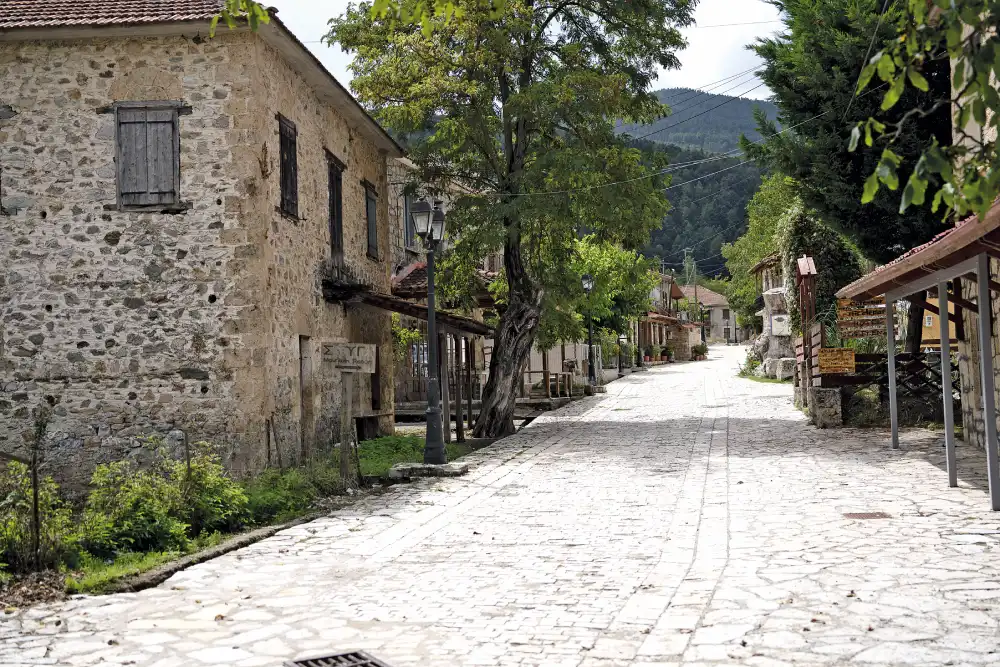
The Cave of Lakes: A Natural Wonder
Located about 15 kilometers from Kalavryta, the Cave of Lakes is a unique natural wonder in Greece and exceptionally rare on a global scale. Of the total 1,980 meters of the cave’s explored length, 500 meters are accessible to visitors, who can see three of the 13 lakes within the cave. The experience is unforgettable, especially during winter or spring when water fills the lakes and creates unique waterfalls.
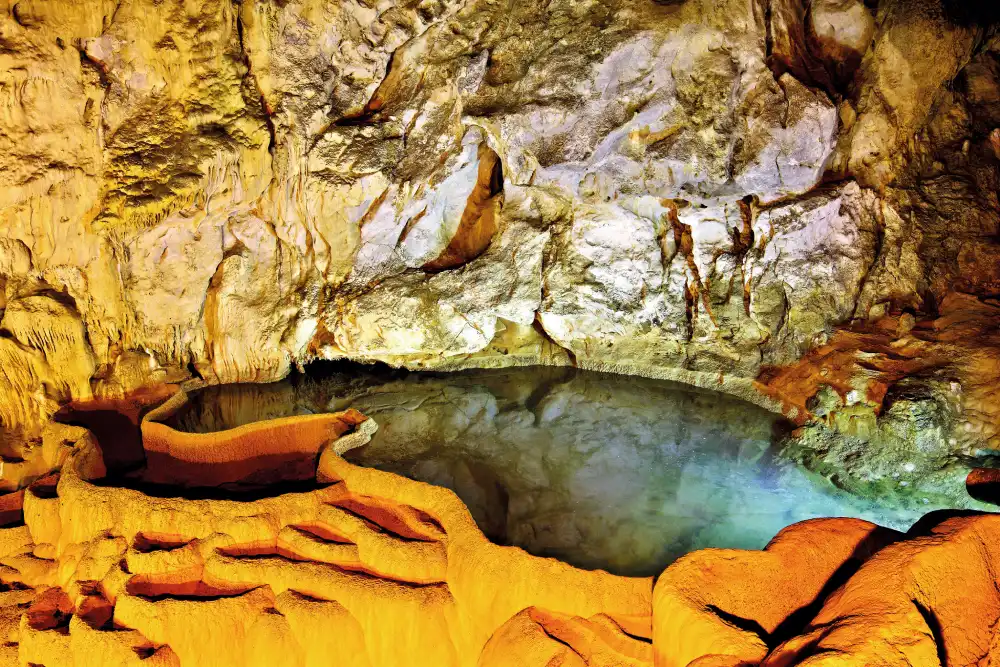
Helmos Observatory
Here lies the largest telescope in the Balkans and the second largest on mainland Europe, which was installed in September 2004 on the Neraidorachi peak of Helmos, at an altitude of 2,340 meters. It was named after the great Samian astronomer, physicist, and mathematician Aristarchus (4th century BC).

A Myth Brought to Life
On the rugged slopes of Helmos, the Source of Styx flows into a waterfall 200 meters high. In ancient times, the Greeks considered Styx the daughter of Oceanus and Tethys and deified her. Its flowing water was sacred and part of the gods’ oaths, known as the “Oath of Styx.” Visiting the source is an experience that connects you to ancient mythology.
Holy Monastery of Saint Lavra
The Holy Monastery of Saint Lavra, just five kilometers from Kalavryta, is one of the region’s top attractions and a national pilgrimage site. It was founded during the Byzantine era by the ascetic Eugene, and despite the destructions it suffered, it was always rebuilt even more imposing. The Monastery played a decisive role in the Greek War of Independence in 1821. Its museum houses national relics, artworks, and treasures of incalculable value. The Monastery also preserves relics of saints and the skull of Saint Alexios, the Man of God, the Patron Saint of Kalavryta, which was donated by Emperor Manuel Palaiologos.
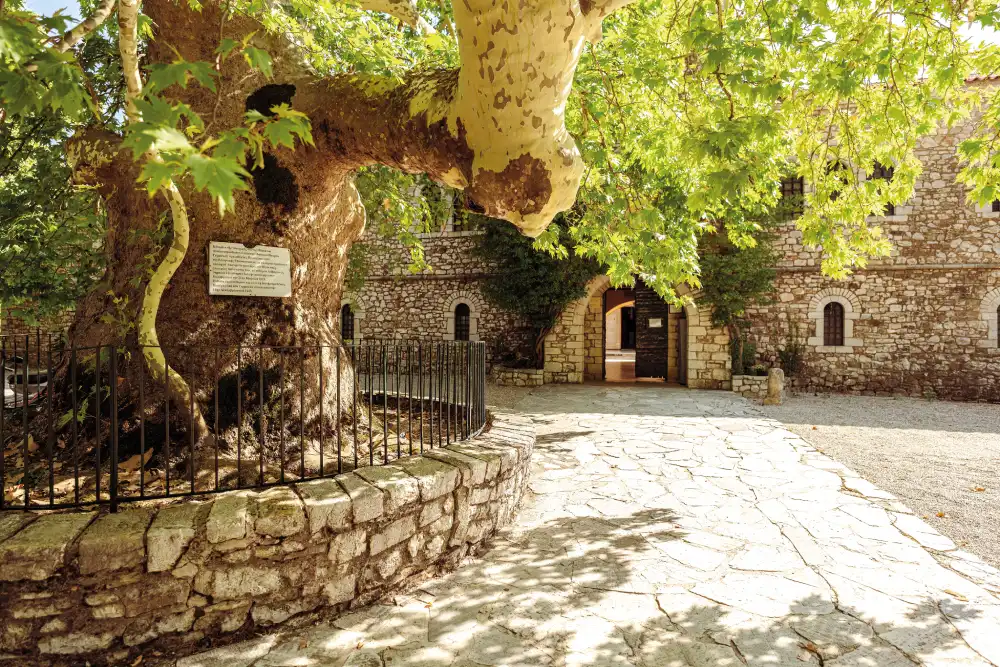
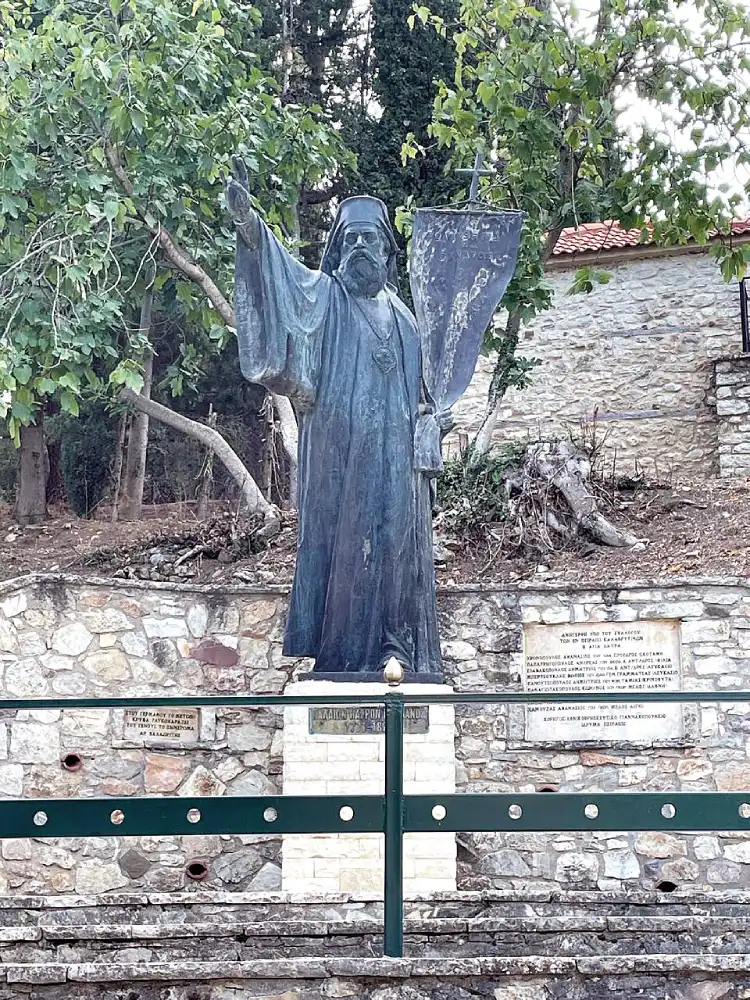
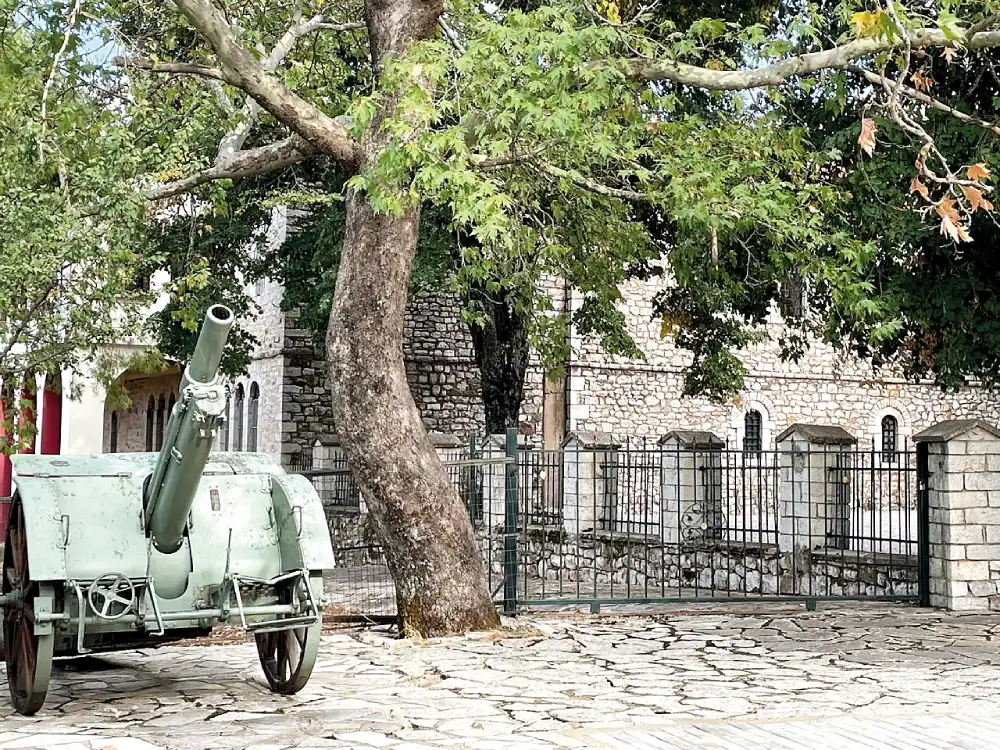
A Trip to the Historic Village of Filia
The village of Filia is located approximately 40 km from Kalavryta and 7 km from Kleitoria, near the border of the regional unit of Achaia with the regional unit of Arcadia. The border between the two areas is the Ladon River. It is built amphitheatrically at an altitude of around 900 meters on the slope of Prophet Elias Mountain, offering an extensive horizon. At its center stands the magnificent church dedicated to the Dormition of the Virgin Mary, Saint Vlasios, and Saint Athanasios. Filia, once the main village of the area, has a long history and produced many fighters of the 1821 revolution, including the baptist and secretary of Theodoros Kolokotronis and his sons Panos and Gennaios, Theodoros Rigopoulos (his bust can be found in the square of the village church).
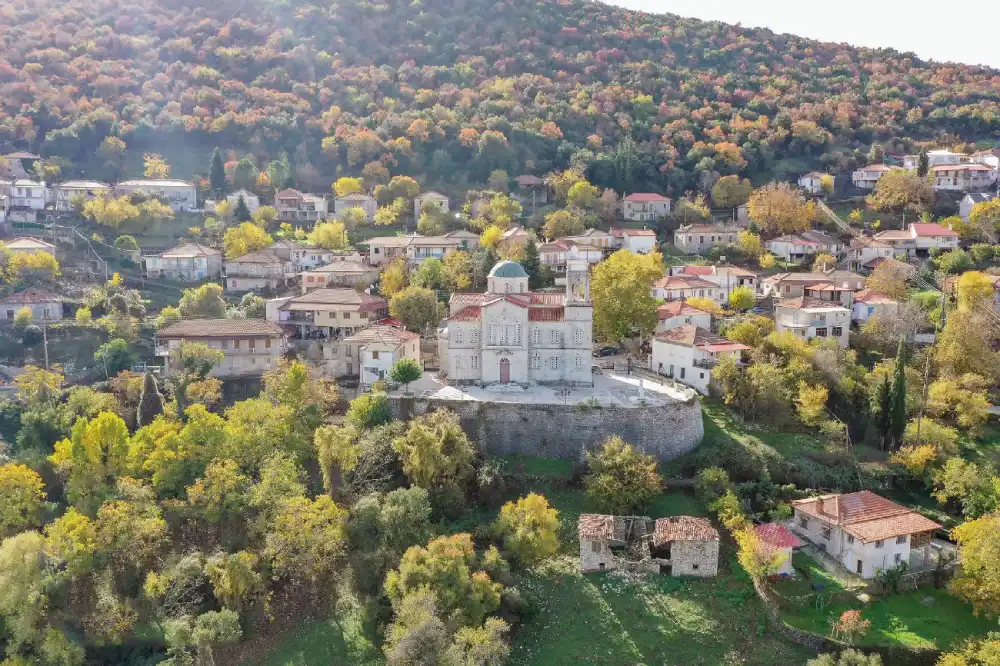
Filia was the first village in the Peloponnese to be almost completely destroyed on June 21, 1943, by Italian occupation forces following the Battle of Filia, which took place on June 20, 1943, between a partisan force supported by the villagers and an Italian military force. As retaliation, on June 21, 1943, the Italians executed five villagers and burned down the village. In the village’s surroundings, the main course of the Ladon River forms, which marks the boundary between Achaia and Arcadia at that point.
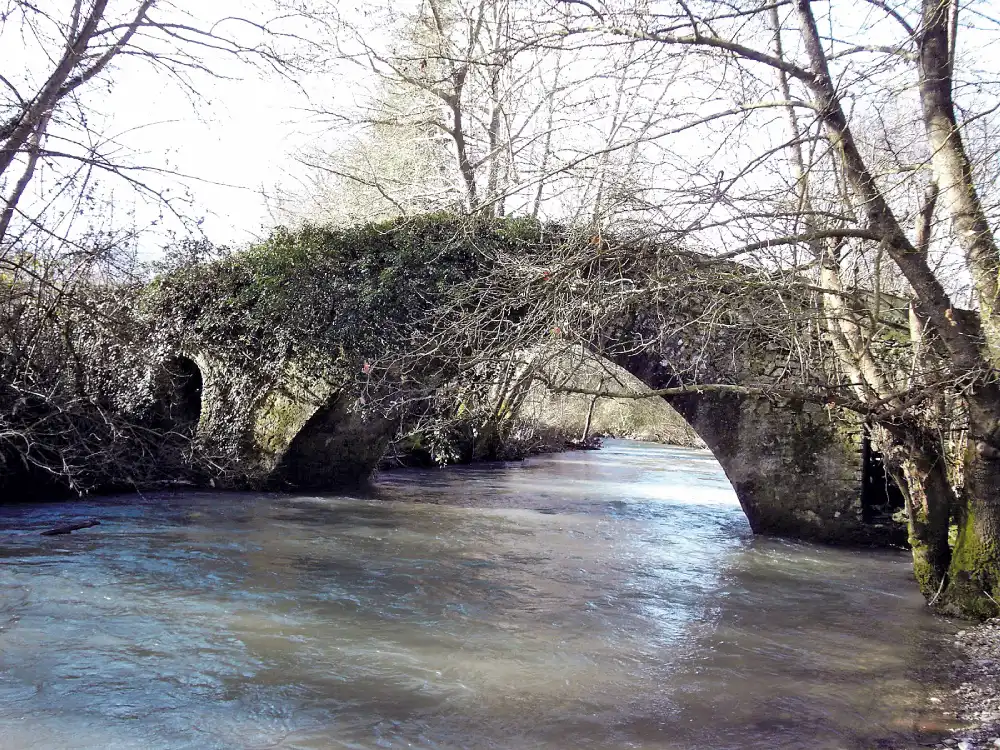
As the traveler Pausanias wrote in his book “Arcadica,” “Ladon is second to none in beauty among rivers, neither foreign nor Greek”. In the vicinity of the village, there are two old stone arched bridges, the second of which is still used today for the passage of people, animals, and vehicles. At a distance of 3-4 km beyond the bridges, in the Daphne area of Kalavryta, there are kayaking facilities where boats, starting from the bridge of Filia, end their journey by navigating the river to that point.
Holy Monastery of Mega Spilaio
The most important Orthodox pilgrimage site in the Peloponnese is the Holy Monastery of Mega Spilaio. It inspires awe at an altitude of 940 meters. The icon of the Virgin Mary of Mega Spilaio is attributed to the Apostle Luke, and it is believed that, along with the Gospel and Acts of the Apostles, Apostle Luke gifted it to Theophilus, the governor of Achaia. During the era of persecutions, it was hidden in the Cave. In the Monastery’s Museum, you can see many sacred relics, including manuscripts with exquisite miniatures, various blessing crosses, copper engravings, and portraits..
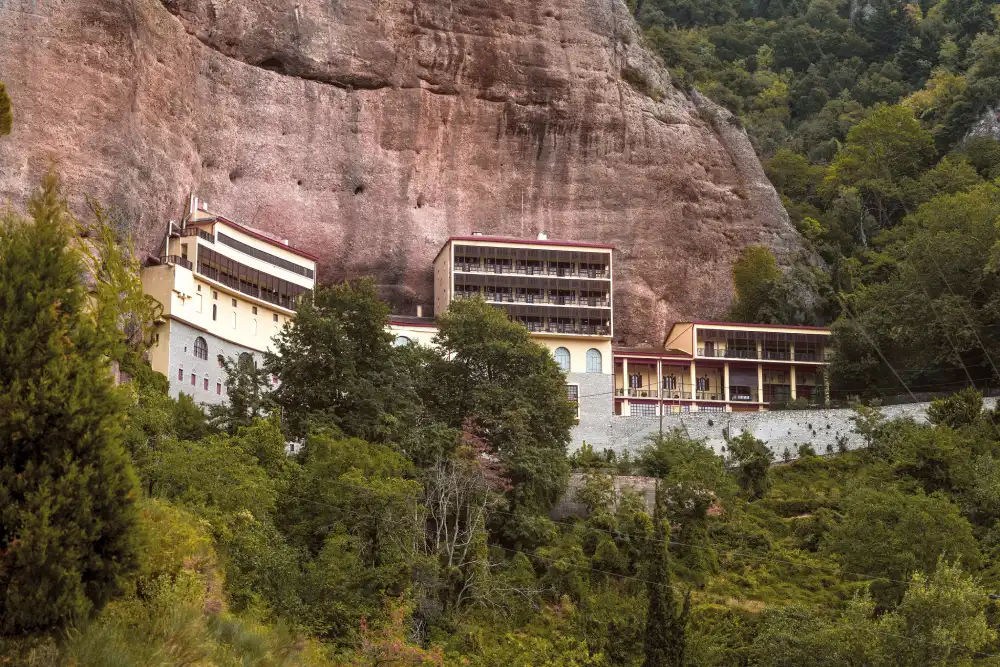
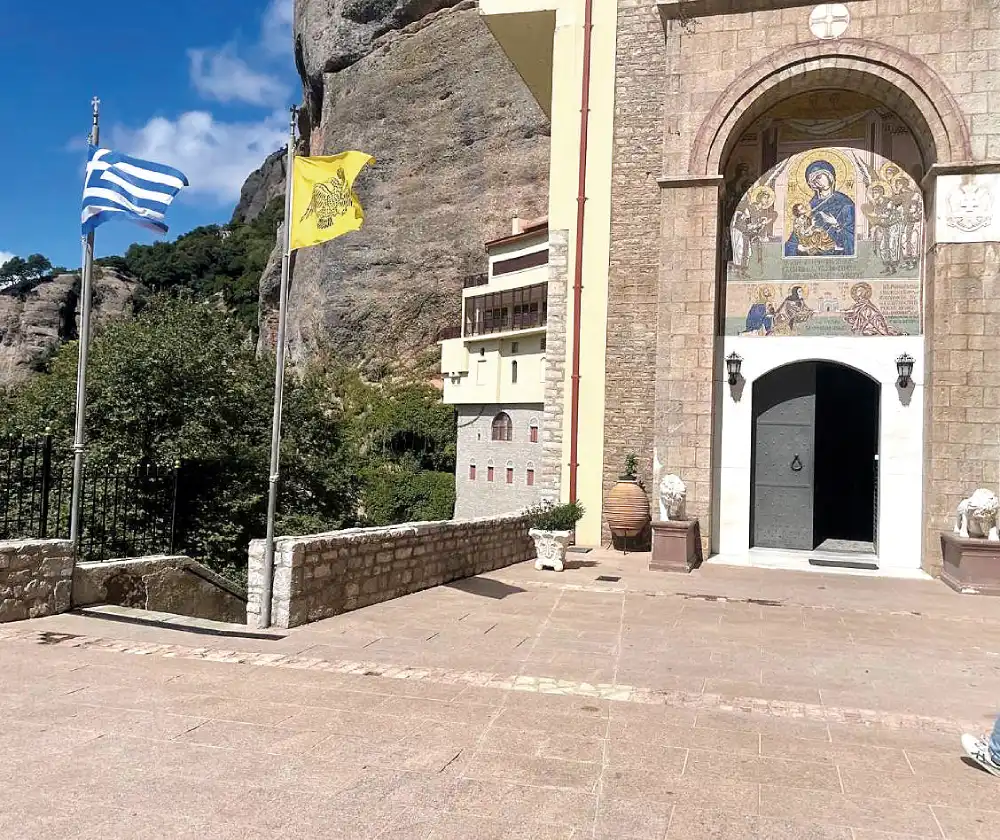
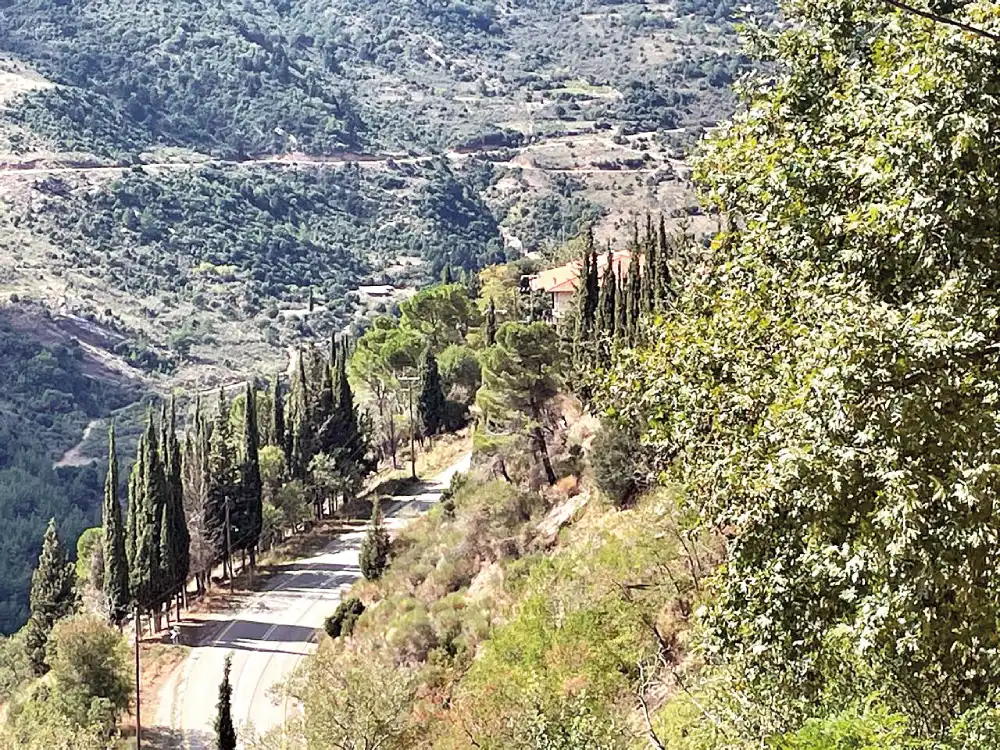
Petmeza Tower
The Petmeza Tower in Kato Loussous is a preserved monument from the 17th century. With a circular fortified design and battlements, it served as a resistance center against the Turks and has been designated a historic landmark.
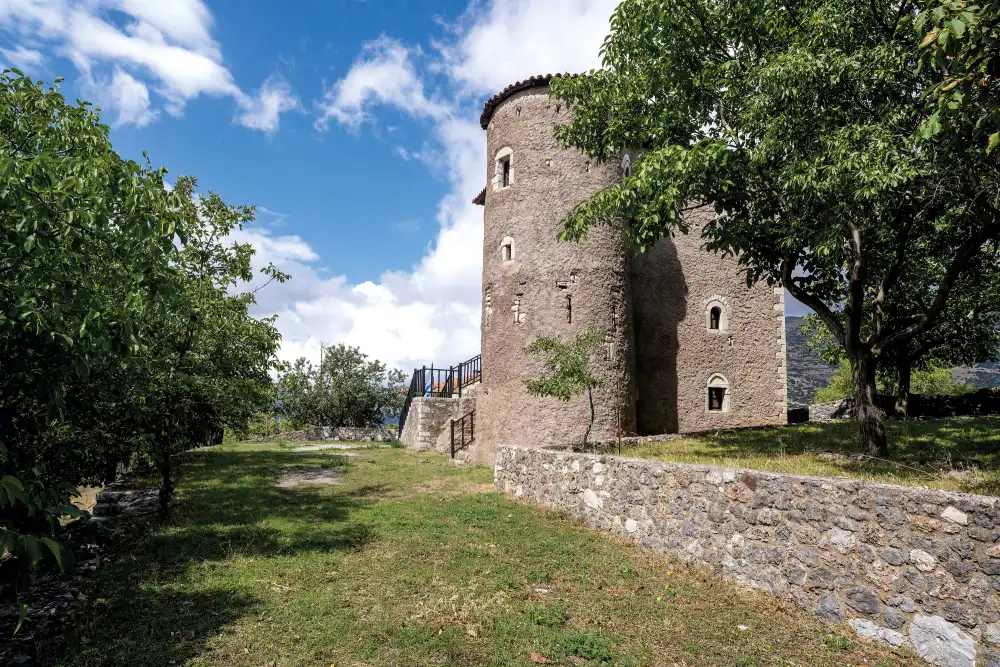
The Gastronomy of Kalavryta
Some traditional products of Kalavryta that you must try including local handmade pasta, milk, feta and myzithra cheese, trout, walnuts, honey, spoon sweets and traditional rose sugar, local beans, sausages, and aromatic herbs gathered from the mountains—Erymanthos tea, Helmos tea, and oregano.
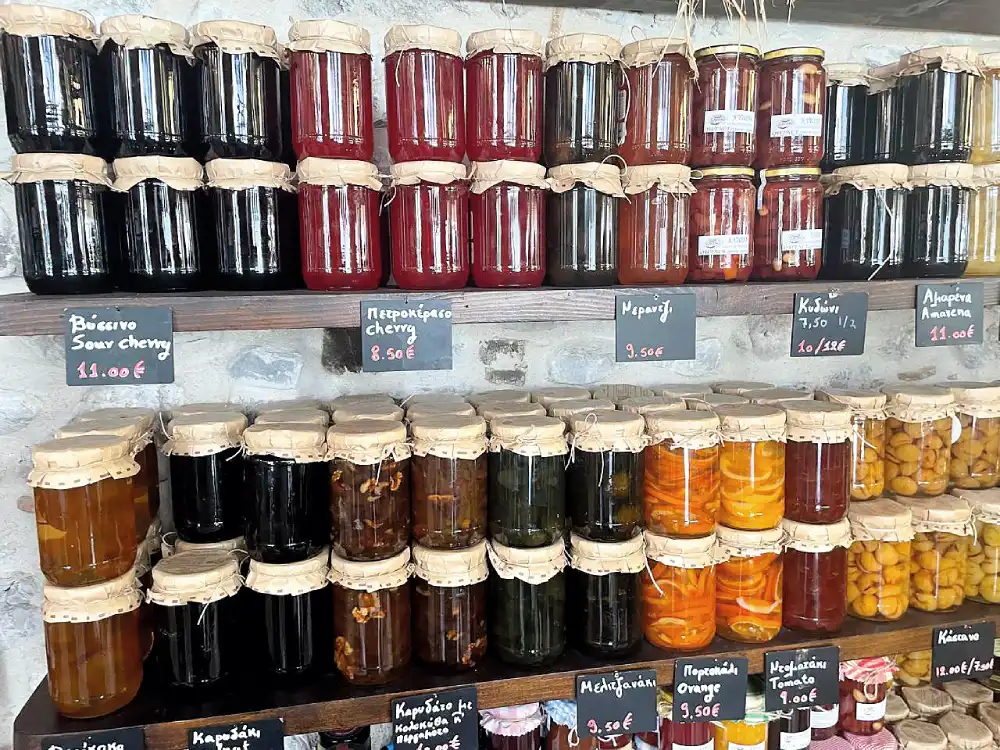
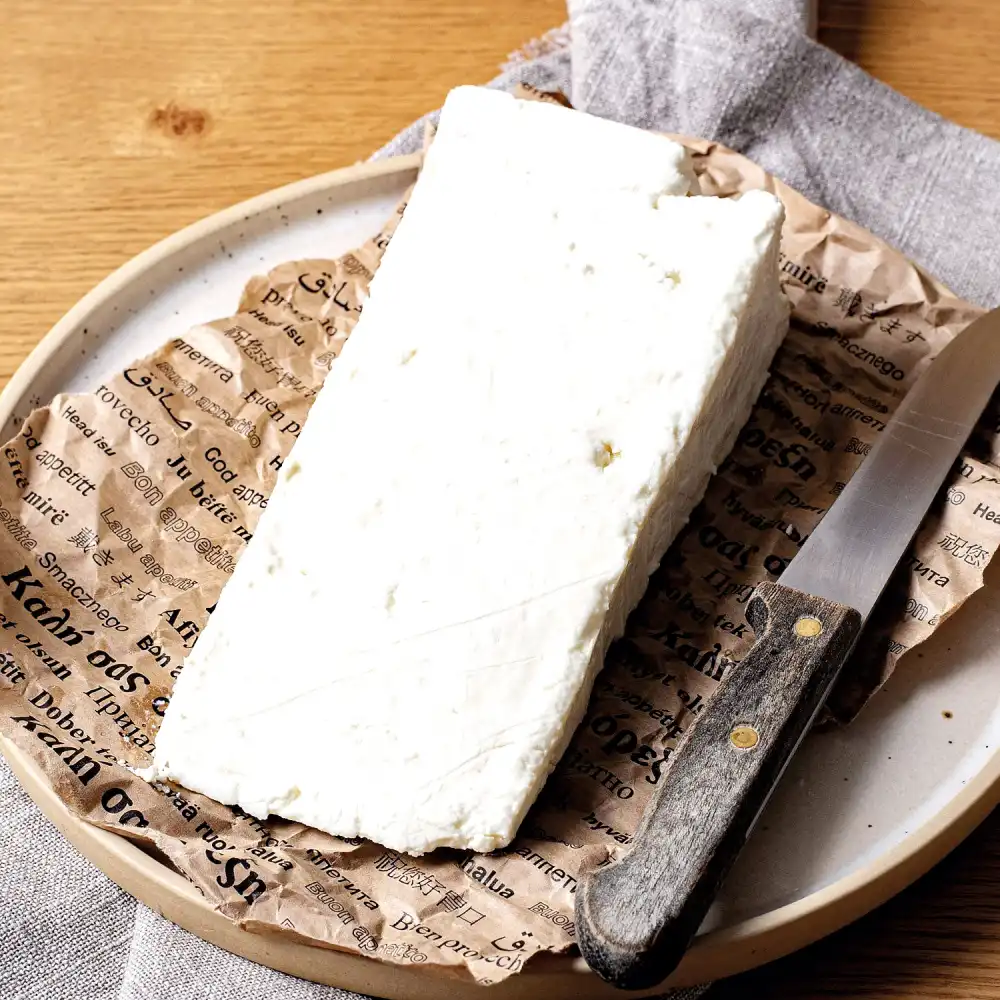
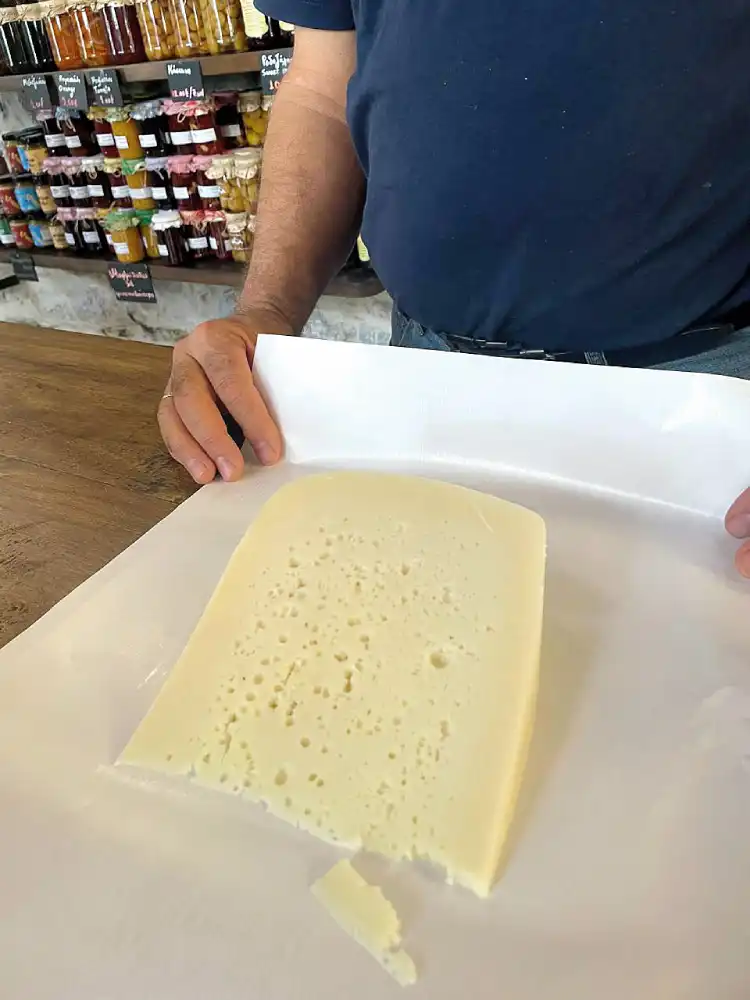
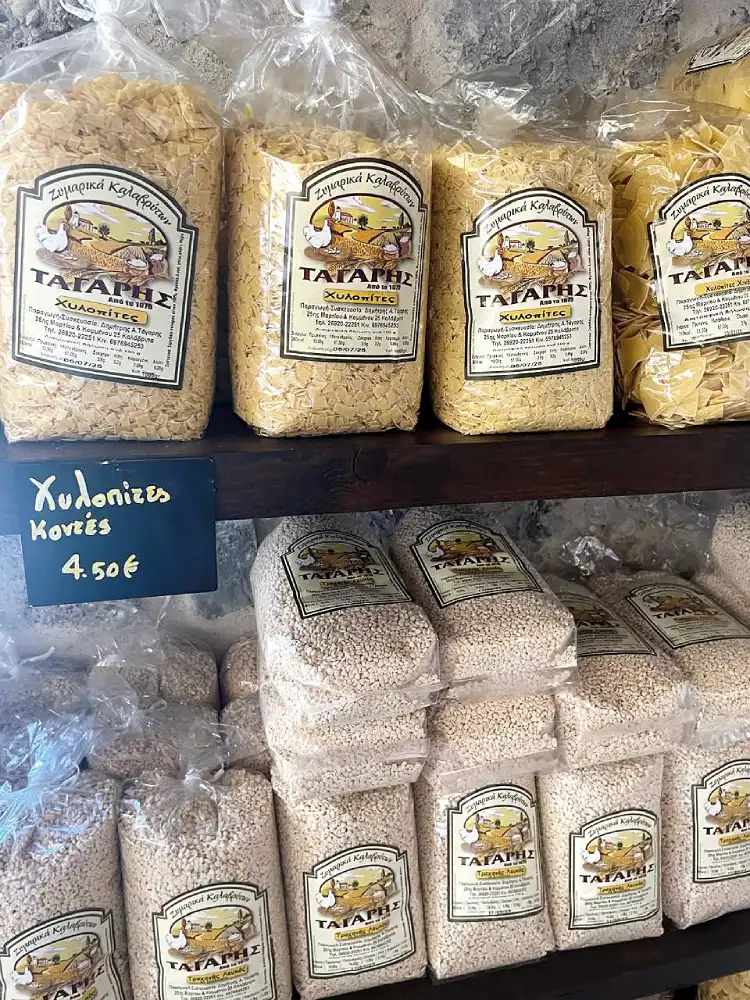
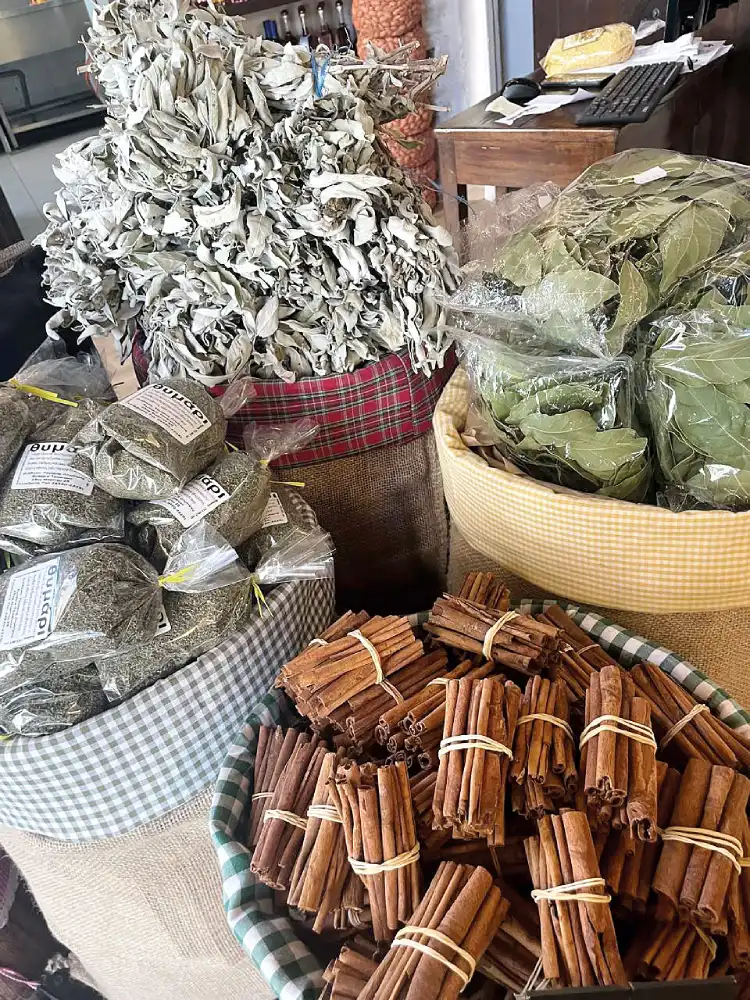
Winemaking
It is said that the Nezerou Valley produced the finest wine in the Peloponnese. Today, viticulture is flourishing, especially in communities bordering Aigialeia (Petsakoi, Plataniotissa, Vilivina, Doumena, Zachlorou), where model wineries are emerging. Alongside native grape varieties, such as Roditis, Lagorthi, Mavrodaphne, and Mavro Kalavrytino, new, earlier-ripening varieties like Assyrtiko, Sauvignon Blanc, Malagouzia, and Cabernet Sauvignon are being planted
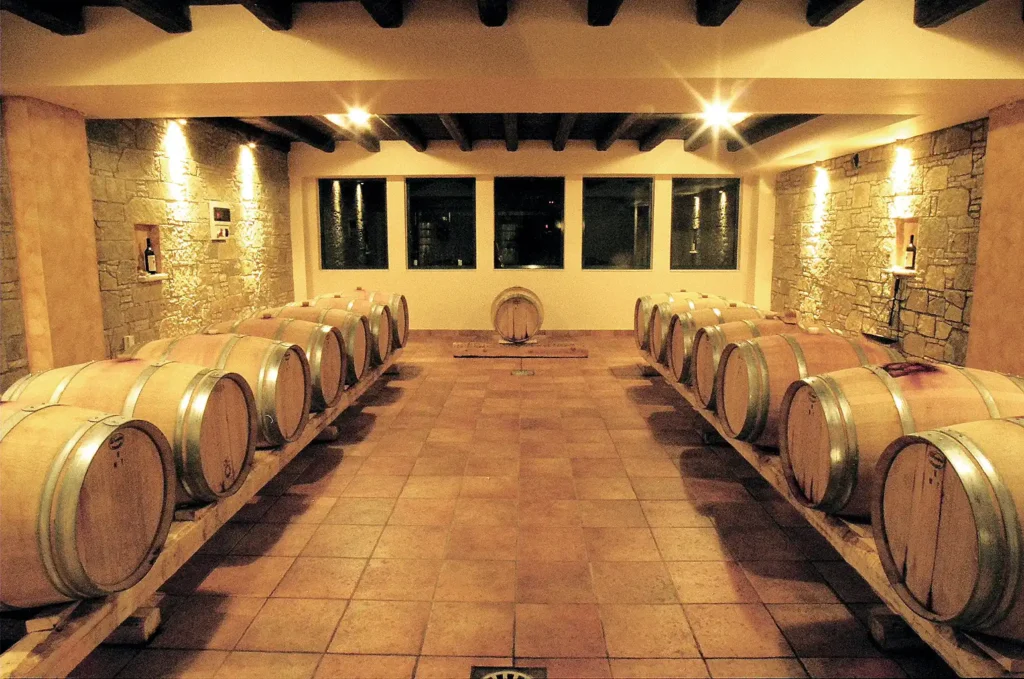
What's Your Reaction?
Δημοσιογράφος, φωτογράφος, δημιουργός εικαστικών έργων.





